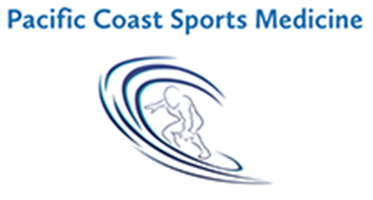Many patients ask about "stem cell therapy from fat." What they're referring to is what's known as adipose-derived cellular concentrates - a type of biologic material collected from your own fat tissue. These cells are being actively studied for their potential role in supporting tissue health in orthopedic and regenerative settings.
What Are Adipose-Derived Cellular Preparations?
Fat (adipose) tissue isn't just for energy storage - it contains a range of biologically active cells and molecules, including:
- Mesenchymal stromal cells (MSCs)
- Cytokines and growth factors
- Structural proteins like collagen and fibronectin
Why Is Adipose-Derived Tissue Being Studied?
Scientists are investigating:
- How fat-derived cells may influence immune and inflammatory responses
- Whether they release signals (called paracrine factors) that help guide cell repair
- How the natural extracellular matrix in fat tissue may serve as a biologic scaffold
There are no FDA-approved uses of adipose-derived cells to treat orthopedic injuries or disease, but they remain under active study in preclinical and early clinical trials.
How the Procedure Works
- Harvest: A small amount of fat is gently removed from your abdomen using a syringe under local anesthesia (similar to mini-liposuction).
- Processing: The fat is processed in a sterile system to isolate the cellular fraction.
- Injection: The concentrate is then injected into the targeted area (such as a joint or soft tissue) under ultrasound or fluoroscopic guidance.
This is typically performed on an outpatient basis and may last 45-60 minutes.
Why Do Patients Ask About This?
- It's autologous (comes from your own body)
- It may be an option before considering surgery
- It's minimally invasive with limited downtime
- Many patients seek alternatives that align with biologic or wellness-based approaches
What Happens After the Procedure?
You'll be given clear instructions about how to support your body during recovery:
- Rest and avoid heavy activity for 1-2 weeks
- Avoid NSAIDs, which may interfere with natural signaling pathways
- Monitor the injection site for soreness or mild swelling
- Follow up as directed by your physician
Risks and Safety Considerations
As with any biologic procedure, there are potential risks, including:
- Infection at the harvest or injection site
- Swelling, bruising, or discomfort
- No guarantee of benefit or specific outcome
- Rare inflammatory or immune reactions
FDA Disclaimer: Adipose-derived stem cell therapy is considered investigational and has not been evaluated or approved by the U.S. Food and Drug Administration (FDA) to diagnose, treat, cure, or prevent any disease. This content is intended for educational purposes only and does not constitute medical advice.
These components are thought to communicate with nearby cells to influence healing environments. Research is ongoing to understand how they may modulate inflammation or support tissue signaling, especially in musculoskeletal biology.
Adipose-derived stromal cells (also referred to as ADSCs) are typically obtained from a patient's own fat tissue, harvested using a minimally invasive liposuction-like technique. Once processed in a sterile environment, the resulting concentrate may be used in applications under physician guidance.



